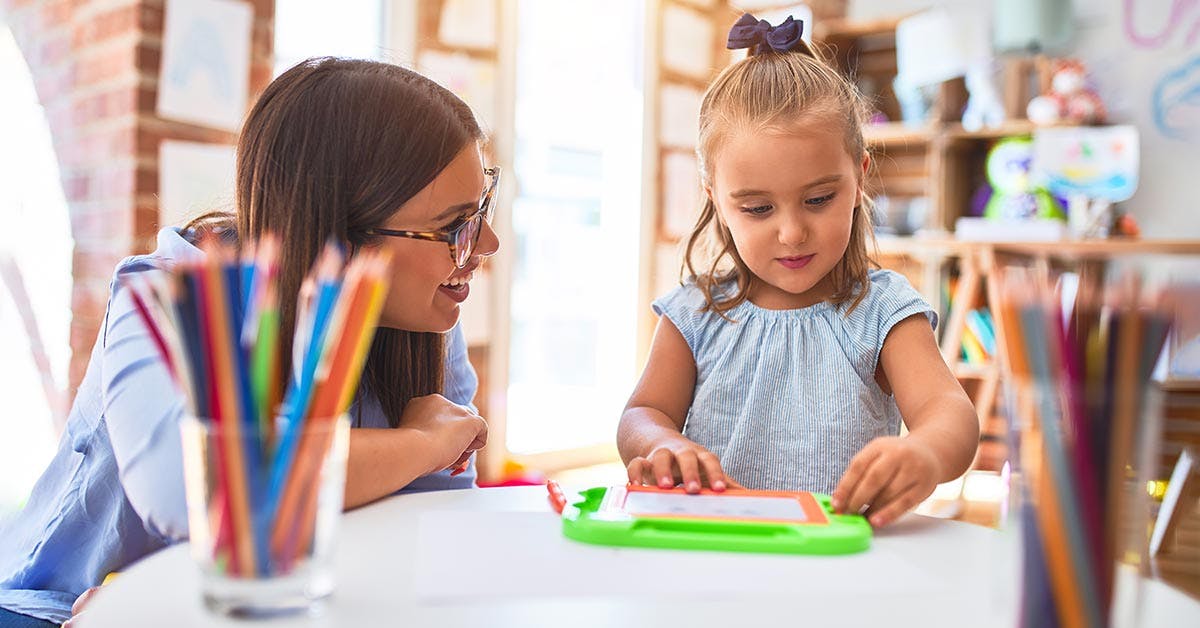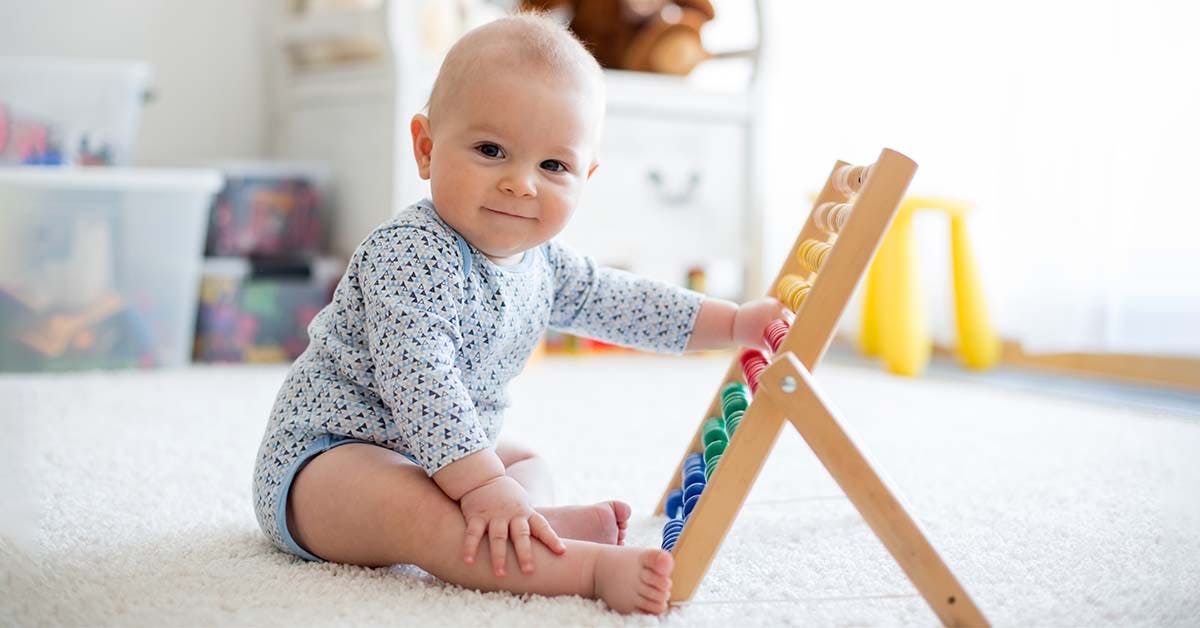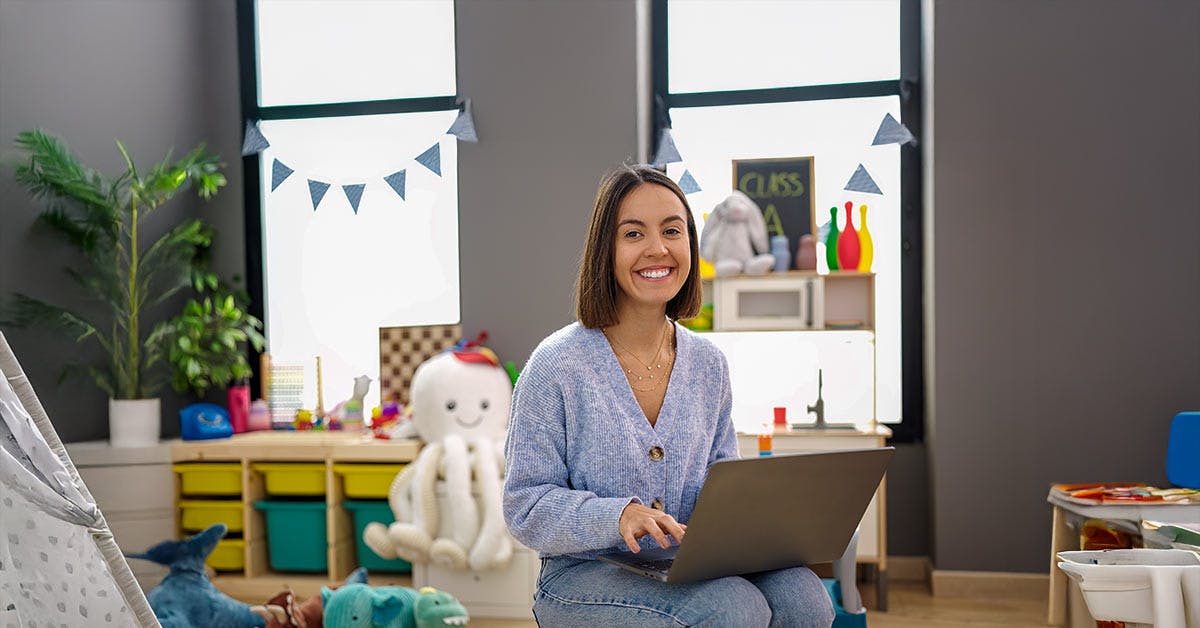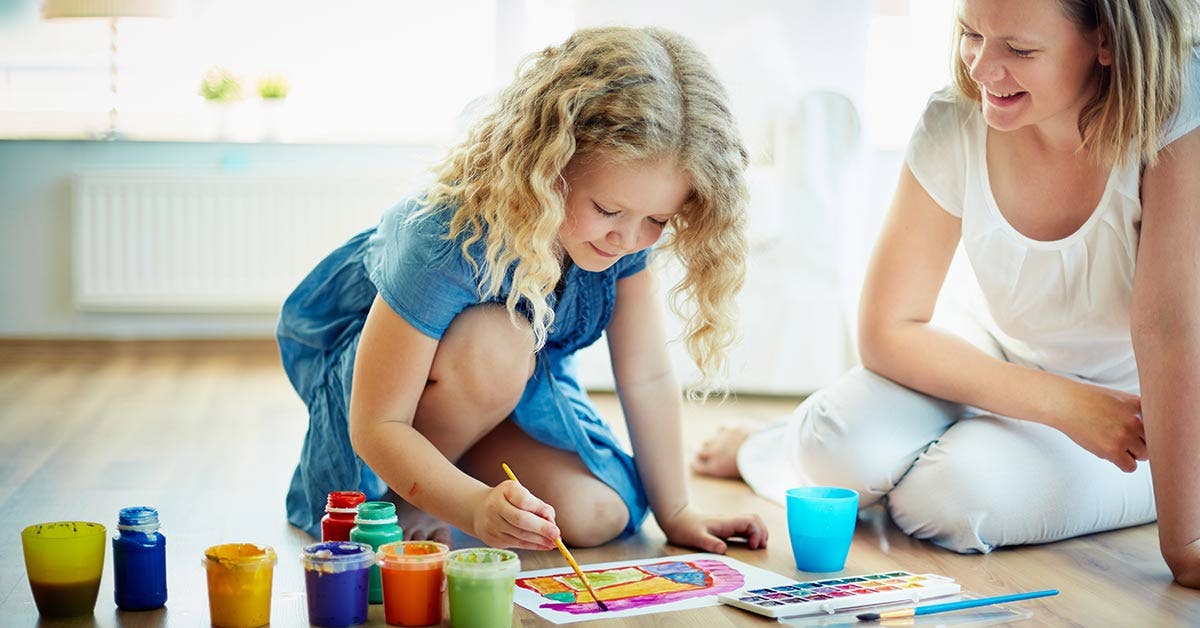29 Nov 2024
Is a career in childcare the right job for me?
If you’re looking for a job that brings out your nurturing spirit and encourages your creativity, then working in Childcare can be an incredibly rewarding path.
And depending on where you want to go, you’ll be swimming in opportunities for personal and professional growth. In fact, those who are especially passionate can play an important part in advancing early learning centres with next generation childcare.
It has to be said, however, that careers in childcare can be incredibly demanding and require a certain kind of personality – so if you’re one for loud noises, messy hands, and hysterical infectious laughter, you could be the perfect candidate.

What does a childcare worker do?
Before we go through some of the top traits and skills you’ll need to possess for a great career in Childcare, let’s dive into a little more detail about what the work entails.
In general, Early Childhood workers play a major role in the growth and development of a child. They’re responsible for providing care, nurturing and supervision for young children, as well as guiding various aspects of their development. But you could find yourself working in all manner of roles, depending on your experience, qualification level, how much you’d like to earn and how much responsibility you’d like in your work.
For example, after completing a CHC30121 Certificate III in Early Childhood Education and Care you might work as a Childcare Assistant. Childcare Assistants work under the supervision of an Early Childhood Educator to care for and monitor the development of young children. The day to day involves a variety of different tasks – from guiding educational learning activities, to recording children’s progress and communicating with family members.
Especially passionate and driven childcare workers may take on more responsibility and authority as a Childcare Centre Manager. They have similar day-to-day tasks to a Childcare Assistant, but play a much broader role in the centre, which includes business responsibilities like staffing, safety, and finances. They also research and implement early learning programs for the children, and ensure that staff are teaching according to these programs and their values. This role would require some years of experience and a CHC50121 Diploma of Early Childhood Education and Care.
Qualities of a good childcare worker
Really love kids
It seems like the most obvious answer when anyone asks you why you want to work in childcare! Because, of course, kids are great. Well, it’s easy to say they’re great. But when it comes down to it, kids can also be loud, annoying, and dirty. While working with kids can be incredibly rewarding, there will be moments or days when you feel completely drained. Dealing with a room full of energetic, frustrating or difficult children can be tiresome work. If you enter a career in Childcare, be prepared to deal with tantrums, dirty undies and nappies, hyperactive kids, constant crying, screaming, and some wild physical altercations.
If you think you can handle all the above (and have a little bit of experience to prove it) then you might be ready for a career in Childcare. If it all sounds like your worst nightmare, then it may not be worth it. These are all aspects to dealing with children, and you have to take the good with the bad if you really love kids.
Good communication skills
As one of the most under-the-radar skills you need to be a childcare worker, great communication skills will come in handy every single day, and not just with the children.
Those who work in Childcare will readily tell you that sometimes the most difficult aspects of the job aren’t the kids – it’s their family. You’ll need to work with very young children, parents, and even grandparents and great grandparents.
In order to effectively get along with this broad range of age groups, you’re going to need great communication skills. Not every day is pushing around trucks in the sandbox and reading books – sometimes you’ll need to take a quick step back into the real world and deal with demanding caregivers.
Some parents can be incredibly sensitive about the needs of their children. You’ll need to be able to effectively communicate details about the development, achievements, struggles and growth of children in professional terms.
Flexibility and patience
Even the most saintly of people sometimes snap under the pressure that can come from a room full of difficult children. Flexibility and patience are two of the most important skills for anyone who is interested in a career in Childcare.
The art of patience transcends age – but it’s vital to have when dealing with children. From stressful and problematic to outright chaotic, there will be many situations children present that depend on your ability to stop, remain calm and deal with them responsibly and appropriately. This issue is compounded when you work with physically or mentally disabled children. Even in children that have no developmental issues, there are a range of personality traits such as shyness, anger or hyperactivity that will require a great degree of patience.
Childcare workers will naturally have an even temperament and an uncanny skill to remain cool, calm, and collected, even when surrounded by a circle of squeals, screams and meltdowns.

Prepared to upskill
Most reputable childcare institutions require their employees to undergo a fair amount of childcare training that’s specific to their needs. If you truly want to take your career in Childcare to the furthest possible limits, you’ll need to stay up to date with training and stretch your capabilities as far as possible.
To get a role at a quality childcare centre, you need to consider obtaining some qualifications. Here are a few good places to start:
CHC30121 Certificate III in Early Childhood Education and Care (Family Day Care)
CHC30121 Certificate III in Early Childhood Education and Care
These courses offer students First Aid training but also impart the necessary skills and knowledge to engage in safe work practices, ensuring the well-being and safety of children. A career in Childcare requires constant focus on your skills and education, especially as the demands of parents continue to increase.
Dependable and reliable
When parents search for a childcare provider, they need someone who is both dependable and responsible. They’re trusting you with their pride and joy – it’s absolutely imperative that you can be relied upon.
As a childcare worker, you’ll be responsible for the lives and development of the next generation. You’ll have a great impact on the way these children view the world, and they will be looking to you for guidance, love and entertainment. Not only that, but you’ll be solely responsible for their safety.
When you hold a position of such significant trust, it’s important that you can be relied upon. If you feel that you often fail to live up to your responsibilities, it may be worth considering a different career path.
Positive and responsible role model
Knowing what to say and how to say it can make any activity sound exciting to a child – and childcare workers have a natural knack for it. Using positive body language, a positive tone of voice and positive reinforcement for desired child behaviour is an important trait to have when working in Childcare. Not only will a child be more likely to listen and engage with you, but they’ll also be more likely to mirror positive behaviours.
The children under your care will look up to you. Additionally, parents will examine you closely to determine whether they want their child to learn from you. Children can be incredibly receptive to outside influence at a young age. If you exhibit good moral character and “do the right thing”, then you can be a good role model to children.
A good childcare worker will often be nurturing by nature and have a friendly, positive attitude when around kids. As such, they also feel empathetic for a child’s needs and be motivated to help them.
Energetic and playful
Your energy levels may be down from time to time – but you can guarantee you’ll have a room full of it when you step into a career in Childcare. Kids are known for their ability to put in an all-day stint outdoors and still have enough energy spared to keep you up all night.
Responsible for physically following children to make sure they are in a safe and contained environment, a childcare worker is responsible for ensuring the safety of children under their watch. This means having a wealth of physical stamina at the ready.
Children also thrive on stimulating activities – and as much as they enjoy settling down for a book or a nap, the silence won’t last long. A good childcare worker understands the importance of active learning and develops specialised education programs with active hands-on learning techniques.

Reasons why you should choose a career in childcare
A rewarding career
Being able to teach a young mind how to achieve a first and watching their little faces as they make those achievements can be a real incentive to get out of bed in the morning. While it can be challenging work at times, reports from Childcare and Early Education workers suggest the highs outweigh the lows, and the feeling of really “giving something back” is huge.
Imparting life’s lessons on the young is also a way for people from all walks of life to be involved in the development of the next generation, as well as our world and future.
Amazing opportunities and pathways for growth
The roles available within the children’s industry are virtually never-ending: Teacher Aide, Language or Literacy Worker, Education Assistant, Family Day Care Assistant, Childcare Centre Director, and Education Officer – the potential is enormous, and it’s perfectly possible to specialise in an area that suits you, your lifestyle and your family commitments.
Not only that, but many reputable workplaces will actually support your career growth with professional development opportunities, or even just by being understanding if you decide to further your qualifications.
It’s a career you can rely on
This is one of the major benefits of working in childcare – it’s a super stable career choice that’s only set to increase in demand. According to the Australian Government’s Labour Insights, the sector is expected to experience a growth of 5.9% by 2026. That means if you love your job and do it well, you can feel reassured that there’ll be plenty of opportunities for you for years to come.
Flexible work for a flexible life
There’s all different kinds of arrangements when you work in childcare. Whether you prefer full-time, part-time, casual, early mornings or evenings, there’s working hours to suit most lifestyles and needs. Especially if you have a family of your own, or decide to in the future, what better people to have as your bosses than other childcare workers? They’ll hopefully be super understanding of your family commitments. You can even keep your preschool-aged kids with you in the centre if your workplace allows it.
Challenge yourself and grow
Working with children is a challenge that’ll teach you so much about yourself, showing you that you’re more physically and emotionally capable than you ever thought.
In some capacity, it’s also a great way to learn essential skills about parenting if that’s a life stage you haven’t faced yet. Equally, if you’re already a parent, the skills you’ve learned will be invaluable in your chosen career, and your experience will be appreciated by your employers as well as the children in your care.
If you think a career in Childcare is right for you – go for it. There are few careers as important or as rewarding. Get in touch with us to have a chat about your options or check out our range of Childcare and Education course. We’ll help you plan out your career path and get where you want to be.
Related Articles

Leveraging AI Tools for your Early Childhood Education Job Search
Learn how AI tools enhance your early childhood education job search. Discover resume tips, interview prep, and job matching to land your dream role.

10 Qualities of a Good Childcare Educator
Working with young kids takes a special kind of person. Beyond just knowing about child development, great Early Childhood Educators bring qualities to the table that help children feel safe, valued and excited to learn.

Proud member of

© Foundation Education | RTO Number 22557
